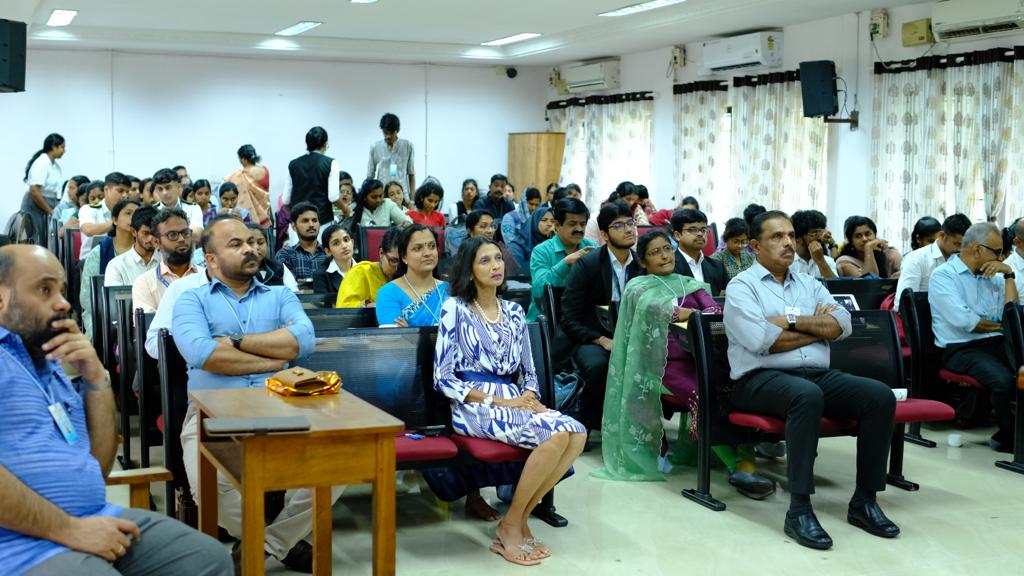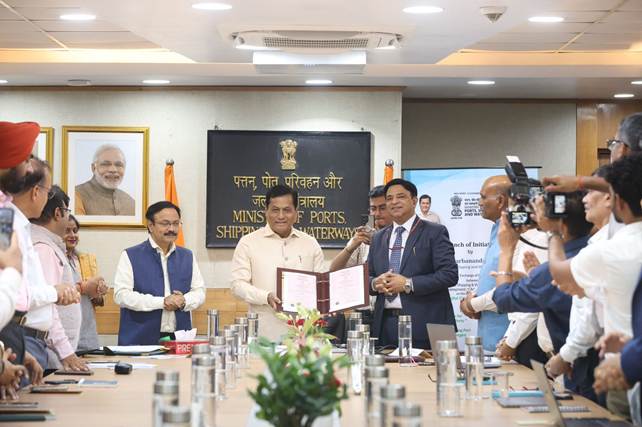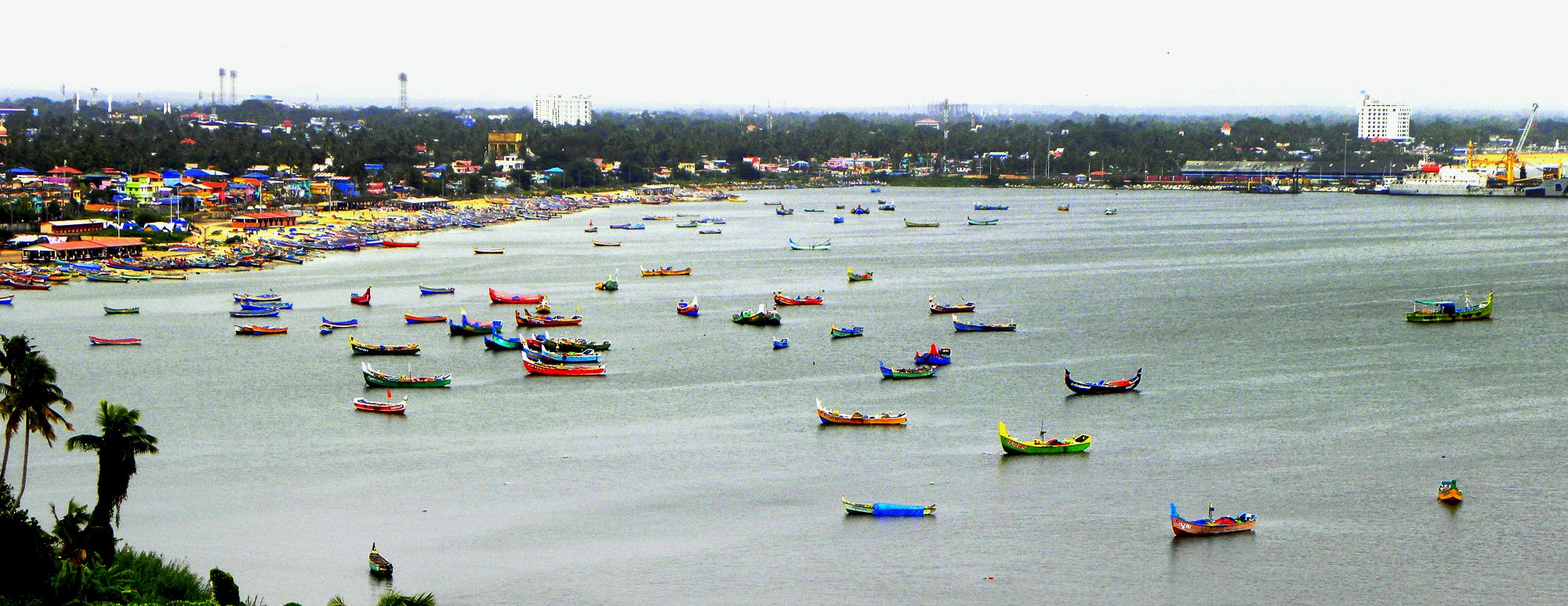The Directorate General of Shipping (DG Shipping) has released a revised version of its Training Manual, calling for comments from stakeholders to ensure that India’s maritime education stays aligned with global standards. The manual, crucial for guiding Maritime Training Institutes (MTIs), reflects a comprehensive update to address the ever-evolving demands of the maritime industry.
By emphasizing pre-sea and post-sea training, e-governance modules, and a compendium of regulatory orders, the revision aims to enhance the competency of Indian seafarers. The Directorate’s request for feedback underscores its commitment to keeping maritime training at the forefront of international standards, and stakeholders are invited to submit their suggestions by October 15, 2024.
It is being said that before the revision of the Training Manual by the Directorate General of Shipping (DG Shipping), students at Maritime Training Institutes (MTIs) in India faced several key challenges:
- Lack of Clear, Consolidated Guidelines: The absence of a comprehensive manual meant that regulations and standards were scattered across various MS Notices, Training Circulars, and DGS Orders. This made it difficult for students to understand the exact standards and procedures they needed to follow.
- Outdated Training Modules: Some of the training guidelines had not kept pace with technological advancements and changes in the global shipping industry. Students were often trained with older equipment and methods, putting them at a disadvantage when compared to global peers.
- Limited Access to E-Governance Tools: The maritime sector is increasingly reliant on digital tools for governance and communication, but earlier versions of the manual did not fully integrate e-governance modules. This led to a gap in students’ preparedness for modern, tech-driven maritime operations.
- Non-standardized Post-Sea Training: The lack of uniformity in post-sea training across institutes meant that students could have varied experiences and skill levels. This affected their career progression, especially when transitioning to more advanced roles at sea or onshore.
- Lack of Focus on Practical Training: Students often faced challenges in gaining practical, hands-on experience. Simulators and onboard training tools were not uniformly available across all MTIs, affecting the quality of their practical education.
- Inconsistent Assessment Standards: The assessment standards were sometimes inconsistent across various institutes, leading to unequal certification quality. Students from some institutes struggled to meet global benchmarks, limiting their international career opportunities.
The revised Training Manual aims to address these gaps, providing students with clear guidelines, improved access to modern technology and tools, and a standardized training experience across India.
In a long run this revision is expected to benefit students, institutes, and the industry by fostering a well-equipped, technologically adept maritime workforce capable of meeting both national and international challenges.
The revised Training Manual released by the Directorate General of Shipping (DG Shipping) presents numerous benefits for maritime students, significantly enhancing their educational and professional journey. Here are the key advantages students can expect from this updated manual:
1. Up-to-Date Curriculum
The revision aligns with the latest International Maritime Organization (IMO) standards and industry demands, ensuring that students receive training that meets global benchmarks. This will enable students to be competitive and job-ready for the international maritime market.
2. Focus on Technological Competency
The incorporation of E-Governance and digital modules (Volume 3) prepares students for the future of maritime operations, where technology such as automation, digital navigation systems, and e-certification will dominate. This gives students a significant edge by familiarizing them with the technology-driven future of maritime operations.
3. Hands-on Skill Development
The detailed guidelines will enhance practical training for both pre-sea and post-sea students. With clear expectations and improved resources, students will gain valuable hands-on skills, increasing their confidence in real-world scenarios, particularly in areas like vessel operation, navigation, and maintenance.
4. Global Recognition
By adhering to the STCW 1978 standards and its amendments, students who graduate from accredited Indian Maritime Training Institutes (MTIs) will find their certifications more readily accepted across the global maritime industry. This increases their job mobility and opens up international career opportunities.
5. Increased Employability
With a curriculum focused on contemporary issues like sustainability, climate resilience, and green shipping, students will be prepared for the growing demand for seafarers knowledgeable in environmentally friendly maritime practices. This positions them as attractive candidates in an industry shifting toward sustainable operations.
6. Skill Diversification
The new guidelines encourage interdisciplinary learning and address a wider range of competencies beyond traditional maritime skills, including financial literacy, leadership, and crisis management. This will help students broaden their career paths into management roles, both at sea and in shore-based maritime sectors.
7. Continuous Improvement and Professional Development
The updated volumes foster a culture of ongoing learning. Students are encouraged to stay current with evolving industry standards through post-sea training opportunities, allowing them to continuously develop their skills even after their initial education.
8. Enhanced Support Systems
The updated manual ensures that training institutes are equipped with better governance and student services, improving the overall quality of education and student experience. With clearer guidelines, institutes can provide better academic support, infrastructure, and mentorship.
9. Exposure to International Maritime Regulations
Students will receive in-depth exposure to the global regulatory framework, including new safety and operational procedures, which will prepare them for international shipboard operations and management.
The revised Training Manual will not only elevate the quality of maritime education but also enhance the employability and global competitiveness of Indian maritime students. It serves as a powerful tool to ensure they are equipped with the necessary skills, knowledge, and competencies to thrive in an increasingly complex and digital maritime industry.
This is a major step forward in helping Indian seafarers build a sustainable, secure, and prosperous career in maritime sectors worldwide.




